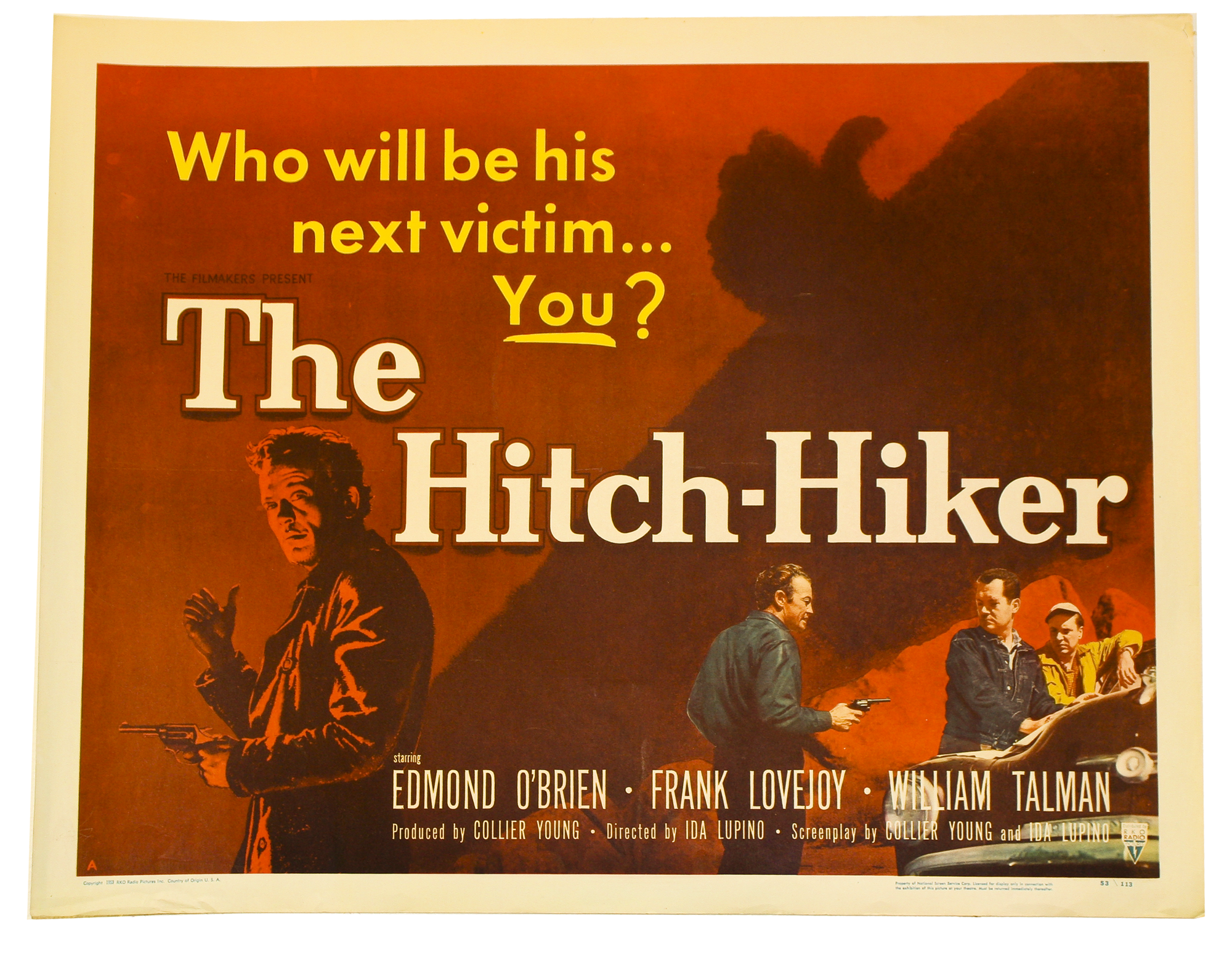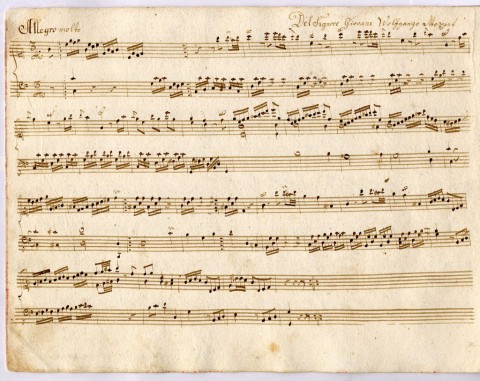His interest stoked by the sight of a majestic old tree beside the road to Cannes, one which lived before anyone made films and may well live after anyone makes films, Wim Wenders consulted fifteen of his colleagues for their thoughts on the future of cinema. This being the time and place of the 35th Cannes Film Festival, he managed to round up celebrated international auteurs like Jean-Luc Godard, Werner Herzog, Rainer Werner Fassbinder, and Michelangelo Antonioni — names cinephiles now mention alongside Wenders’ own — as well as lesser-known filmmakers like Mike De Leon, Romain Goupil, and Ana Carolina. Alone in a hotel room in front of the rolling camera, a tape recorder capturing their voice to their right and a silent television spouting images to their left, they each respond to questions on a sheet that follow from the same prompt: “Is cinema a language about to get lost, an art about to die?” Their reactions make up Room 666, which you can watch free online.
You may be familiar with the hand-wringing happening over this question even today, 30 years on. While our current anxiety has to do with whether on-demand, internet-based delivery mechanisms will render movies as we know them obsolete, several of the filmmaking minds in Room 666 go straight to the then-looming specter of home video. Some seem nervous about it; others — notably Goupil, who unhesitatingly denounces the inconvenience of traditional production tools, and Herzog, who prefaces his answer by taking off his shoes and socks — seem untroubled. Late in the documentary, a certain Steven Spielberg pops up to defend his position as “one of the last optimists” in cinema. Even more surprising than his presence, given the context, is his view of the film artist’s struggle against the film industry. Hollywood, he claims, has always yearned to make that mythical, money-printing “movie for everyone.” He argues that, given these demands, the troubled economic times, the struggling dollar, and the shaky attendance figures — in 1982, remember — filmmakers will just have to fight the good fight that much harder to tell their small, peculiar stories in ways that seem big and broadly marketable.
Pacing and gesticulating, Antonioni explains his confidence that mankind will adopt, adapt to, and improve upon whichever variety of filmmaking technology comes its way, “magnetic tape” or something more futuristic. But does this apply equally to filmgoers as to filmmakers? Antonioni and certain other of Wenders’ isolated interviewees speculate that, with the advent of personal screening technologies, the entire traditional cinematic viewing infrastructure — theaters, projectors, snack bars — will inevitably vanish. When Two Lane Blacktop director Monte Hellman takes his seat in Room 666 and bemoans having taped hundreds of movies off television without having watched a single one, he briefly comes off as more prescient, or at least as more of an illustration of the future, than anyone else.
Yet in 2012’s mixed cinematic economy, amid an unprecedentedly wide range of means to watch a movie, I still find myself in theaters more often that not. In these theaters, I often watch revivals of films by these very same filmmakers, or even by their elders. Since Anthony Lane wrote it in the New Yorker, I’ve quoted it almost daily: “There’s only one problem with home cinema: it doesn’t exist. The very phrase is an oxymoron. As you pause your film to answer the door or fetch a Coke, the experience ceases to be cinema. Even the act of choosing when to watch means you are no longer at the movies. Choice—preferably an exhaustive menu of it—pretty much defines our status as consumers, and has long been an unquestioned tenet of the capitalist feast, but in fact carte blanche is no way to run a cultural life (or any kind of life, for that matter), and one thing that has nourished the theatrical experience, from the Athens of Aeschylus to the multiplex, is the element of compulsion.” H/T Dangerous Minds
Colin Marshall hosts and produces Notebook on Cities and Culture. Follow him on Twitter at @colinmarshall.



